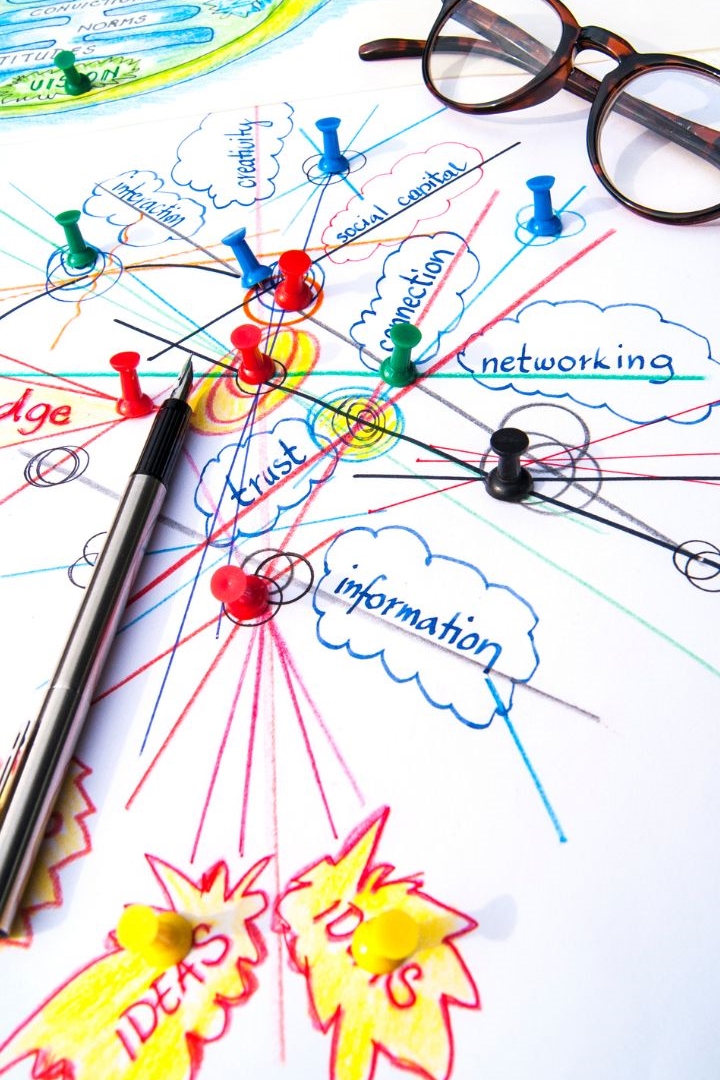
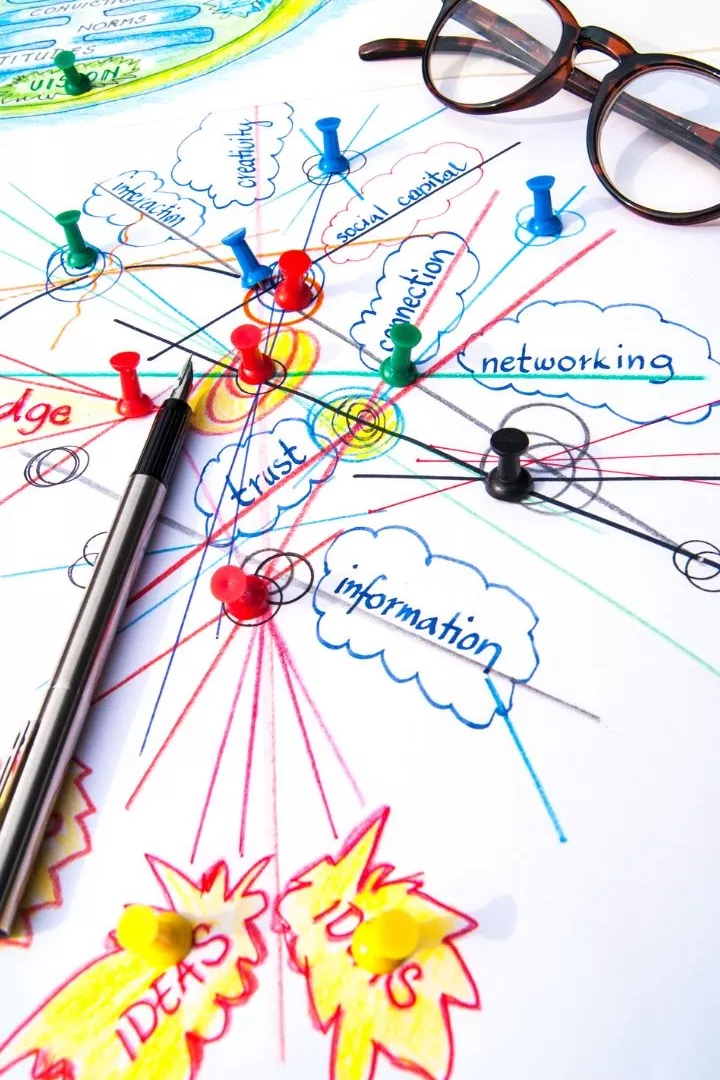
10 benefits of using mind maps
Mind maps are all the rage nowadays. However, how do mind maps actually help? let's find out
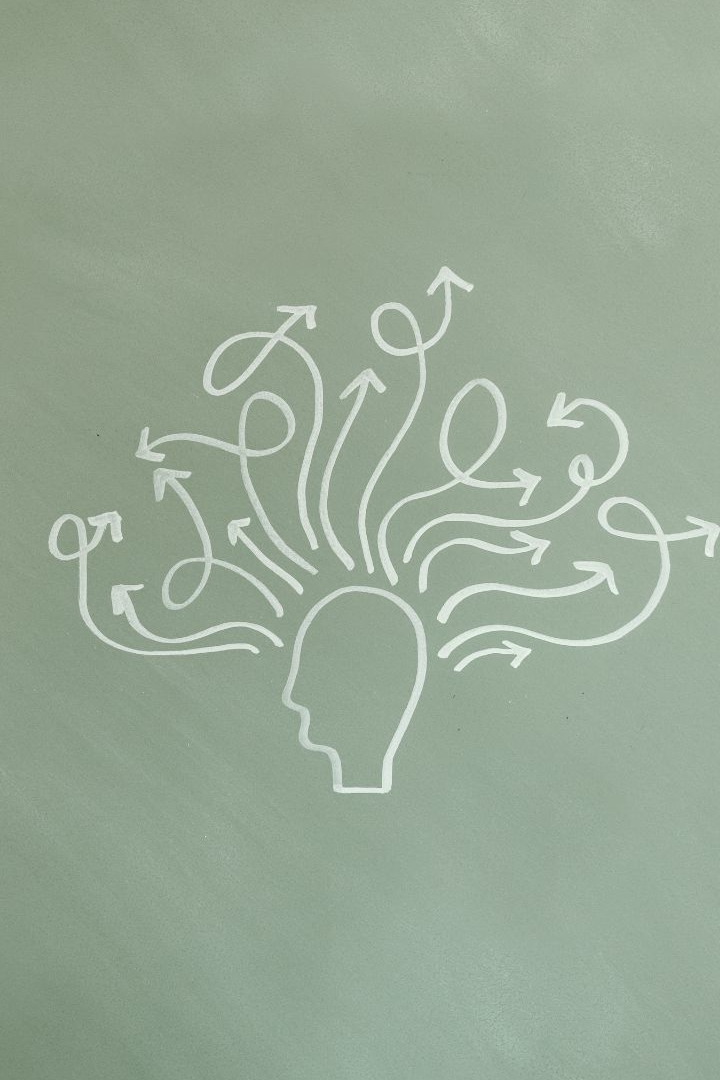
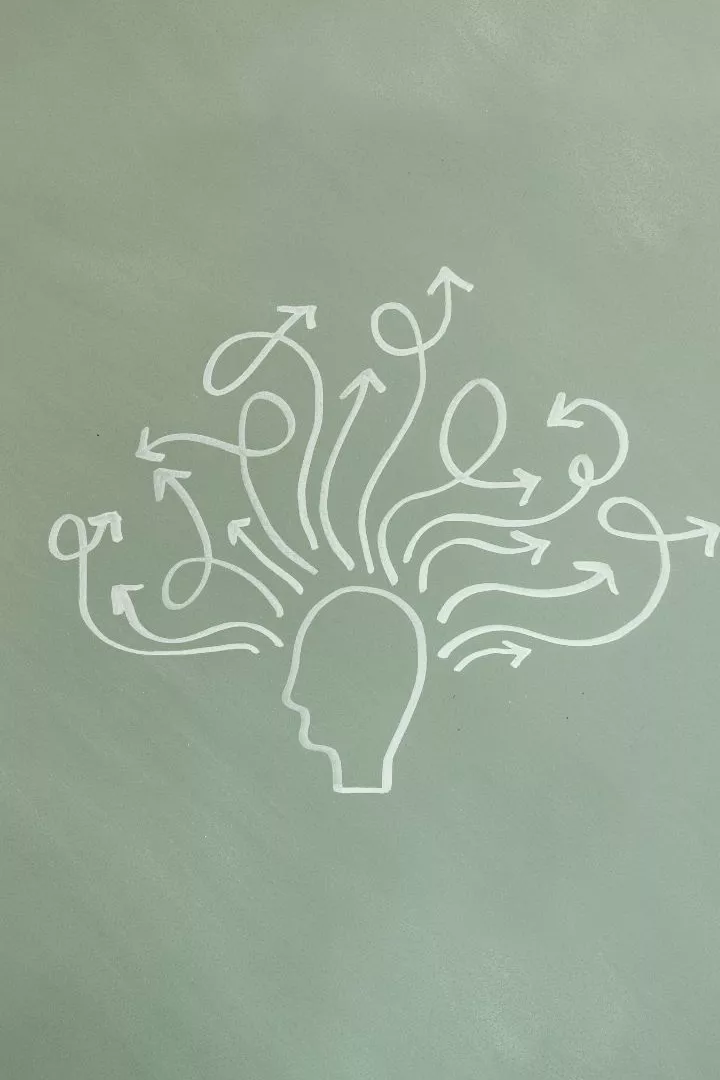
1. Enhanced Creativity
Mind maps stimulate creative thinking.
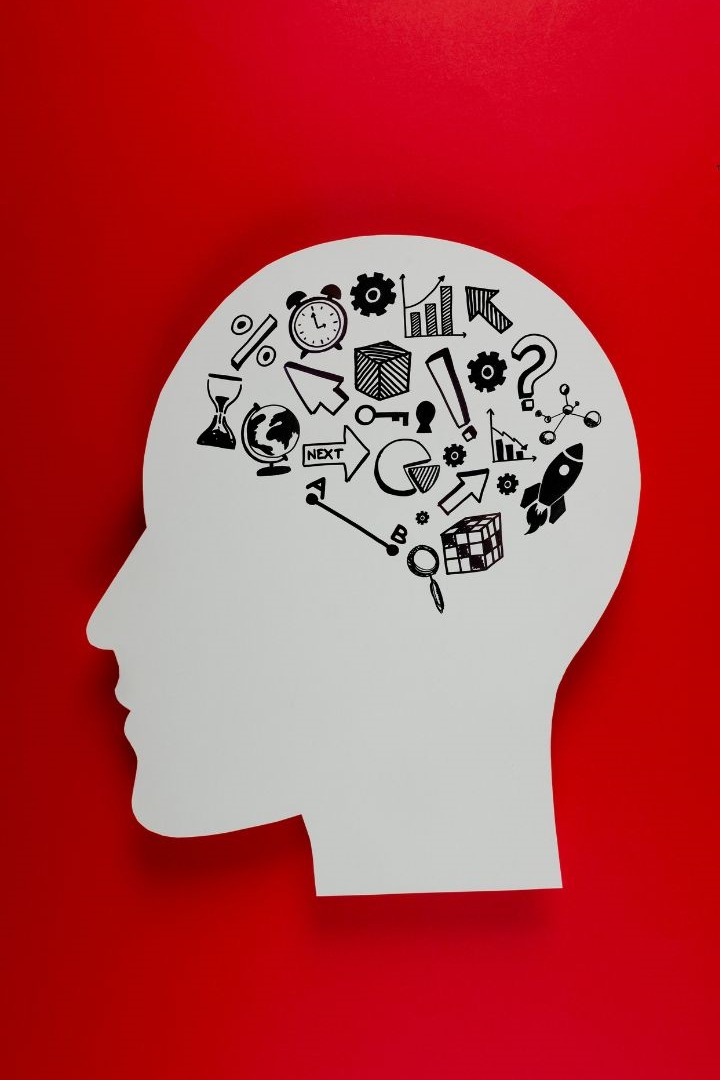
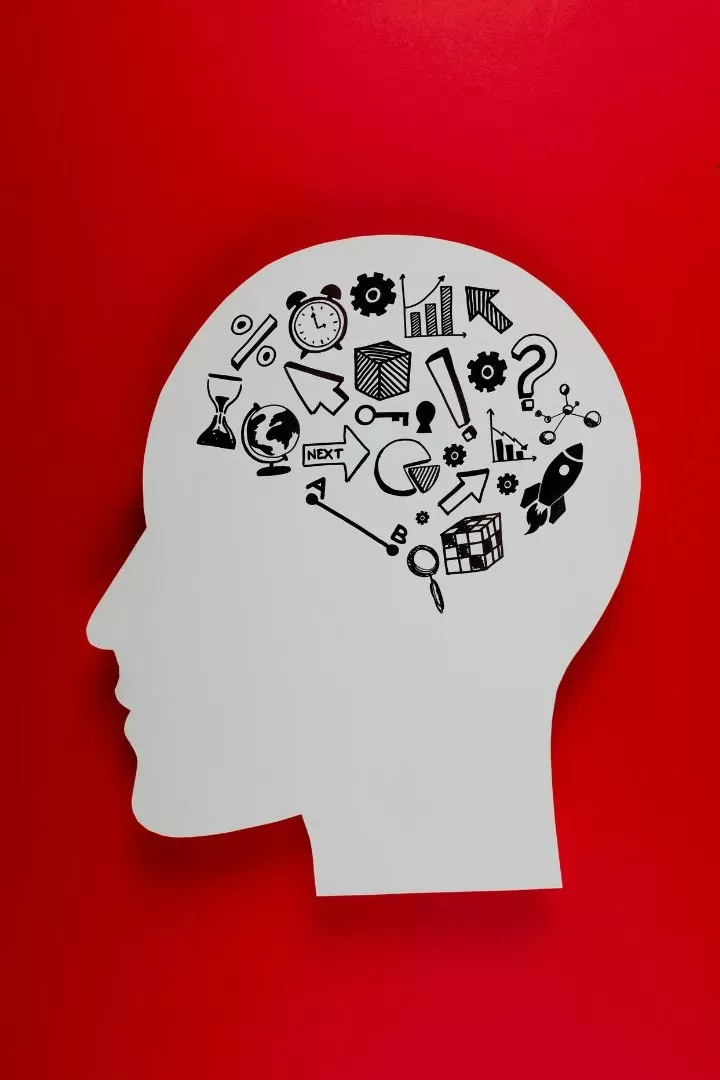
2. Efficient Organization of Information
Mind maps provide a structured and organized format for information.


3. Enhanced Understanding of Complex Concepts
Mind maps simplify complex ideas for better comprehension.
4. Accelerated Learning
Mind maps promote faster assimilation of information.
5. Effective Communication
Mind maps aid in communicating ideas clearly and concisely.
6. Enhanced Problem Solving
Mind maps facilitate a structured approach to problem-solving.
7. Increased Productivity
Mind maps streamline work processes and boost productivity.
8. Collaborative Planning
Mind maps support collaborative planning and brainstorming sessions.
9. Stress Reduction
Mind maps promote a stress-free approach to information management.
10. Improved Memory Retention
Mind maps enhance memory recall through visual and associative learning.
The Blog
Check out the blog Guilt Free Mind
Other stories
Check out the other stories from Guilt Free Mind
Watch Next
Mind maps encourage a non-linear approach to problem-solving, allowing for the free-flowing association of ideas. This fosters creativity by enabling connections between seemingly unrelated concepts, leading to innovative solutions and perspectives.
Mind maps offer a clear and hierarchical structure, making it easy to organize and categorize information. This visual representation helps users see the relationships between different concepts and quickly grasp the overall structure of a topic.
By breaking down complex topics into manageable components and visually connecting them, mind maps facilitate a deeper understanding of intricate concepts. This simplification aids in learning and comprehension.
The visual and concise nature of mind maps allows for quicker absorption of information. The use of keywords and visual elements helps learners grasp key concepts more rapidly than traditional linear methods.
Mind maps serve as a powerful communication tool, presenting information in a visually engaging manner. They enable efficient sharing of ideas, making complex information more accessible and engaging for others.
Mind maps provide a visual framework for analyzing problems, identifying potential solutions, and establishing connections between different elements. This structured approach enhances problem-solving skills by encouraging a systematic exploration of options.
The organized and visual representation of tasks and ideas in mind maps helps individuals prioritize and focus on key elements, leading to increased efficiency and productivity in both personal and professional settings.
Mind maps provide a collaborative platform where team members can contribute ideas and visually map out plans. This fosters teamwork, encourages diverse perspectives, and ensures that all relevant aspects are considered during the planning process.
The visual and interconnected nature of mind maps reduces information overload and stress by presenting information in a more digestible format. This aids in maintaining a clear overview of topics, contributing to a more relaxed and focused mindset.
The visual and spatial nature of mind maps aids in memory retention. The use of keywords, colors, and images triggers associations, making it easier to remember information compared to traditional linear note-taking methods.
Guilt Free Mind is a mental health blog primarily focusing on helping people lead more fulfilling and positive lives. If you wish to boost the quality of your present and future, subscribe to guiltfreemind.com.
Do you want to read other web stories like this one? Then click on the tab that says other stories.